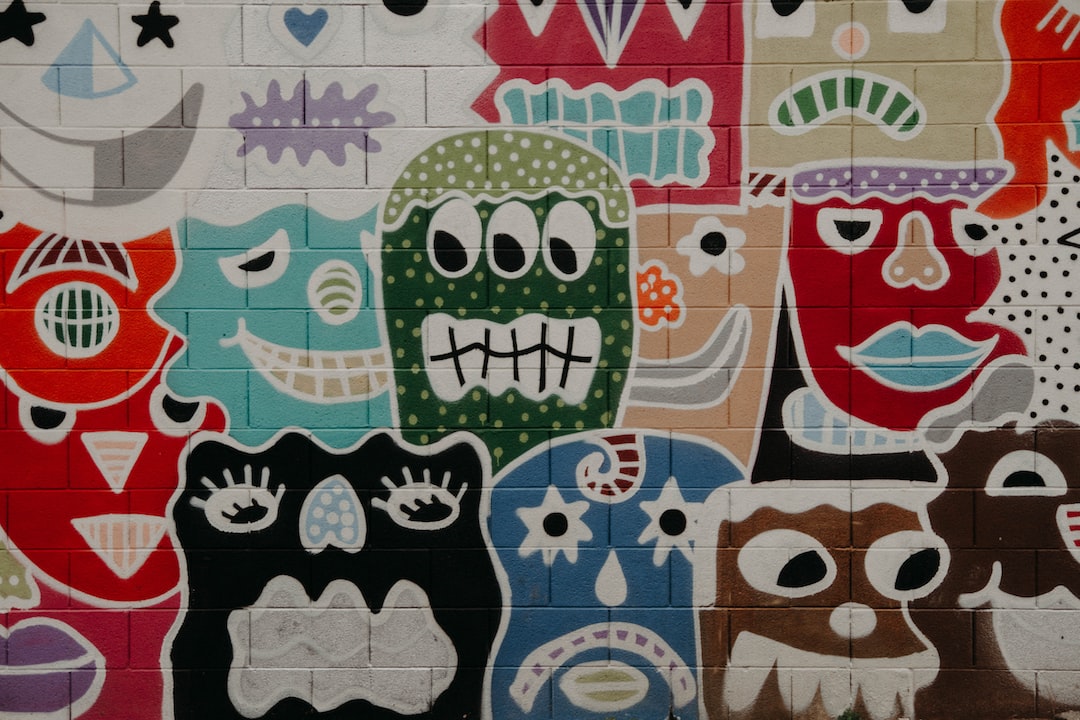Puppetry has been a part of human culture for thousands of years. From elaborate shadow puppet shows in Asia, to marionettes in Europe, to hand puppets in children’s television shows, puppets have been used to tell stories and communicate ideas to audiences of all ages. Puppets allow storytellers to create characters and bring them to life in ways that traditional acting cannot. By using puppets, storytellers can create imaginary worlds and populate them with a wide range of characters, each with their own unique voices and personalities.
One of the most famous puppeteers of all time was Jim Henson, the creator of the Muppets. Henson’s work revolutionized the field of puppetry and influenced generations of puppeteers. Henson’s Muppets were beloved by audiences of all ages, and his creations became cultural icons, with characters such as Kermit the Frog, Miss Piggy, and Fozzie Bear becoming household names. Henson’s success was due to his combination of wit and humor, and his ability to create characters that were both funny and relatable.
One of the most important aspects of puppetry is the ability to engage audiences through storytelling. A puppeteer must be a skilled storyteller, capable of creating engaging narratives that capture the imaginations of their audiences. The use of puppets can enhance storytelling, by allowing performers to create characters and worlds that can only be imagined. A skilled puppeteer can use subtle movements and gestures to bring their characters to life, making them believable and engaging to audiences.
Puppetry can also be used to communicate important ideas and messages to audiences. Puppets can be used to create allegorical stories, which can help to explain complex concepts in a way that is accessible and easy to understand. For example, a puppet show about the importance of recycling can help to teach children about environmental conservation in a way that is both fun and educational.
In addition to entertaining audiences, puppetry can also be therapeutic. Puppet therapy is a technique used by therapists to help children and adults express their emotions and communicate their feelings in a safe and non-judgmental environment. Puppets can provide a way for people to explore difficult issues, such as trauma, grief, and anxiety, in a way that is both cathartic and healing.
In conclusion, the art of storytelling through puppetry is a rich and diverse tradition that has been used across the globe to entertain, educate, and heal. From the Muppets to shadow puppet shows, puppets have been used by countless storytellers to create engaging and memorable experiences for audiences of all ages. Whether used for entertainment, education, or therapy, puppetry remains an essential tool for storytellers and performers to create magical worlds and compelling characters.
